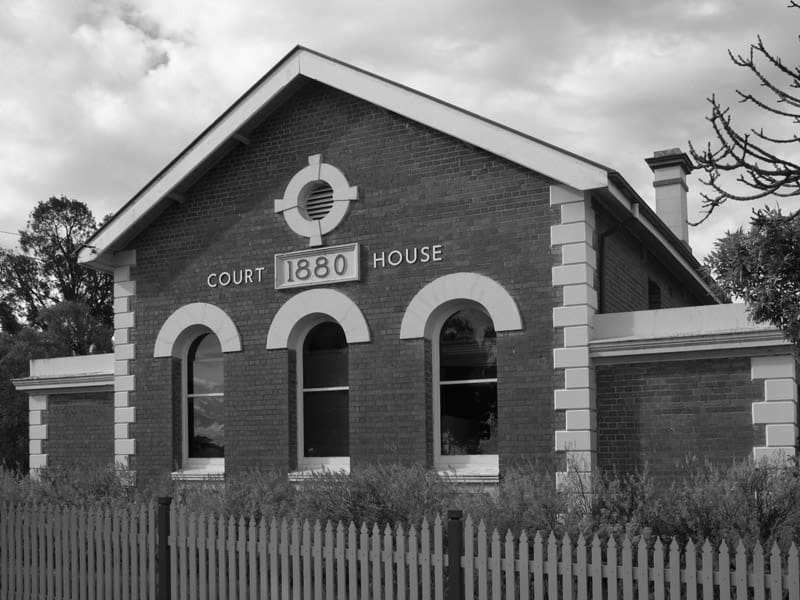The Twin Town Times loves everything about Harden Murrumburrah and surrounds. We will be commencing a new piece in the TTT this week detailing some of the history which has brought the township to where it is today.
We hope you enjoy A Step Back In Time. The area that is now known as Harden was originally inhabited by members of the Wiradjuri tribe, although little is recorded on written paper of their activity in the area. The Twin Town Times will be speaking to elders in the area to learn about the stories passed down.
Hamilton Hume’s discovery of the Yass Plains in 1821, and his consequent journey to Port Philip in 1824 opened the area up for settlement. The earliest occupation of the area has no records, due to the illegal nature of squatting. The first recorded settlement in the area is dated 1830, and showed Ned Ryan at Galong, James Roberts at Currawong and Dr. John Harris at Callangan (Kalangan), although evidence suggest these three had settled in 1828.
The earliest record of residents in the present town of Murrumburrah is dated 1848, by which time a few settlers had built rough homes on the Murrimboola, with the understanding the site would eventually be proclaimed a village. However, the transfer of the lease to Miles Murphy dashed these hopes, and the settlers applied to have the boundary of the proposed village of Cunningar extended to include their homes, in 1858. They believed the Murrimboola area to be superior due to it’s water supply, and it’s location near major roads and proposed railways. Later that year, gold was reported at Demondrille, furthering the campaign to establish a village.
Murrumburra (as it was spelt at the time) was eventually decided upon as the best site for a village, but Cunningar was also proceeded with. 20 years elapsed between settlement and the official proclamation as a village, and development began upon proclamation. An 1858 Crown Land sale was held at Boorowa, where 38 blocks at Cunningar and 45 at Murrimboola were sold. The village, officially known as Murrimboola until 1882, began to be developed rapidly, with the establishment of the Barnes’ Store in 1860, a regular mail service in 1861 and a Flour mill in 1865.
Religion soon founds it’s way to the region, and St Mary’s Catholic church was established in 1868, with St Paul’s Church of England founded 7 years later. The Robertson Lands Act of 1861, allowed smaller settlers to disrupt the huge squatting leases that had become the status-quo, allowing more effective use of the fertile land. The town’s early residents were not ‘without law and order, as the sounds of the gavel emerged from the local Court House from 1880. The ‘Murrumburrah Signal’ commenced reporting of the local news from 1881, and the first local brick house, ‘Rosemore,’ was completed by John Dillon in 1881, in Vernon St. As the village developed along with the rest of the colony, it became clear a rail link was needed, but Murrumburra’s terrain would not suit. Continued in this week’s Twin Town Times print edition.

